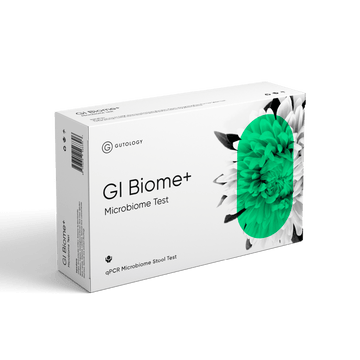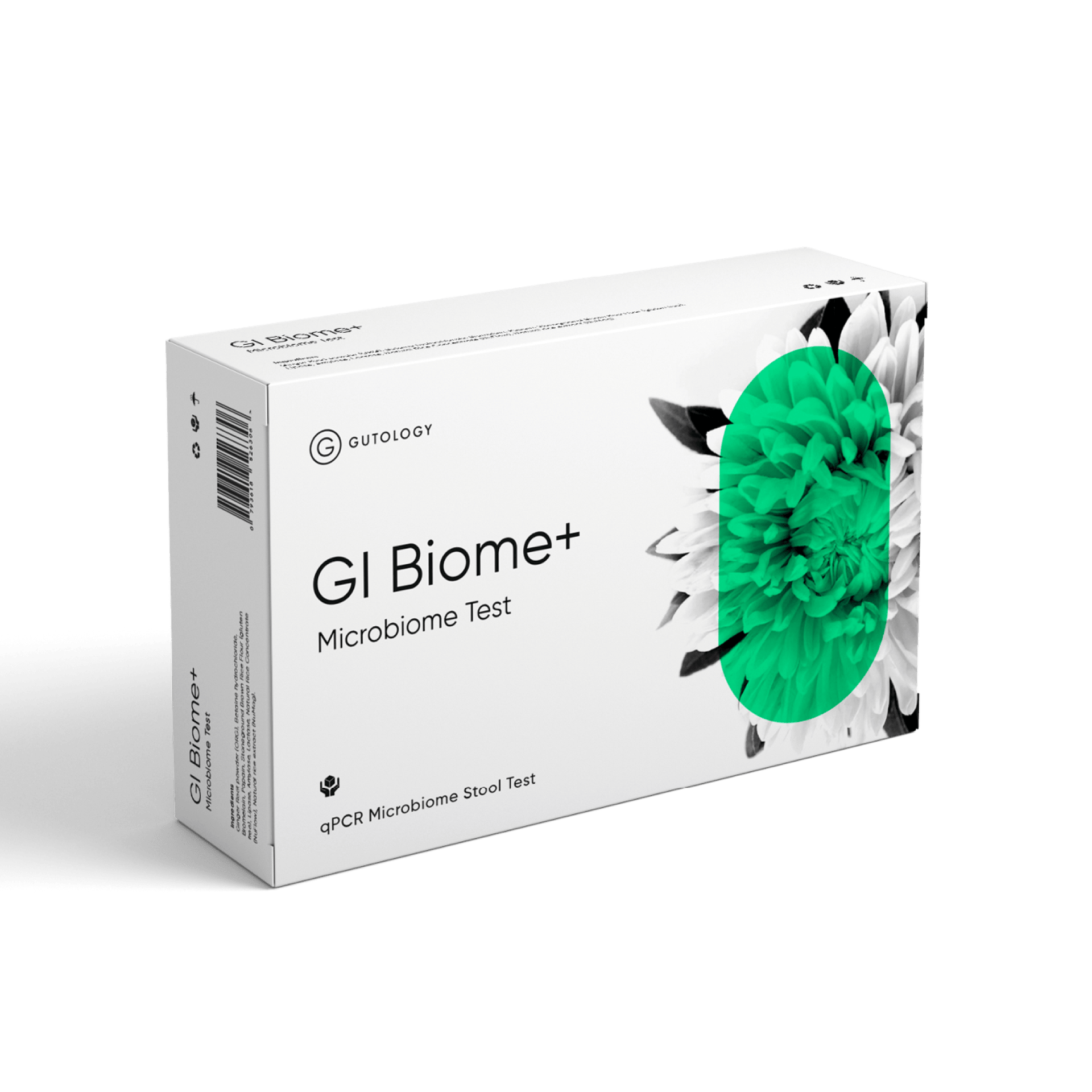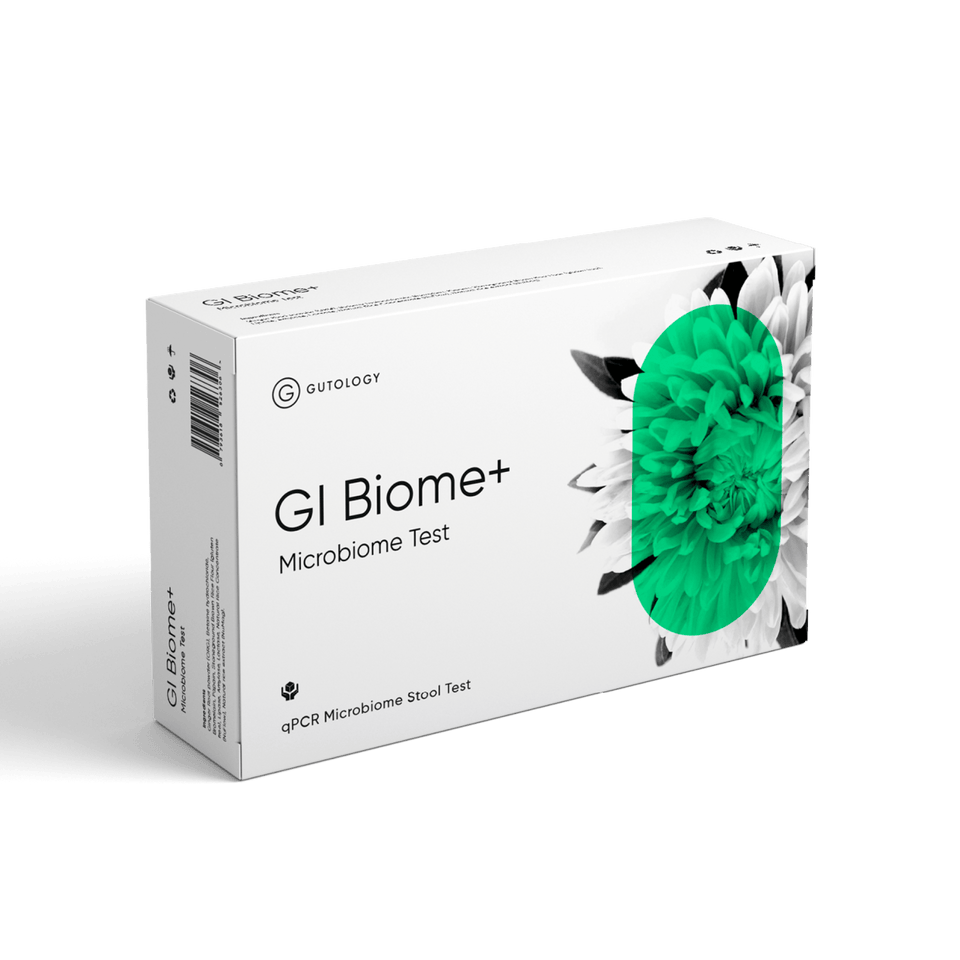Foods high in the so-called “FODMAPs” can often cause cramps and discomfort for people with gut issues, such as irritable bowel syndrome (IBS). A low FODMAP diet has been shown to be effective in relieving uncomfortable symptoms in a large proportion of sufferers.
High FODMAP foods
When the gut bacteria are unhealthy, the FODMAPs (Fermentable Oligo- Di- and Mono- saccharides And Polyols – points if you remember that by the end of the article!) are fermented by unhealthy bacteria in the gut which then leads to bloating, diarrhoea, constipation and pain. When the gut bacteria are healthy, the FODMAP foods are generally beneficial for us. The aim of a low FODMAP diet is to, temporarily, stop feeding the “bad” bacteria while also taking other measures to improve gut health.
The low FODMAPs diet should only be followed for a few weeks (4 to 6) before starting to reintroduce foods. Avoid the following foods strictly during the first stage of the program.
| High FODMAP | |
| Vegetables | Artichokes, asparagus, avocado, baked beans, beetroot (unless pickled), black beans, borlotti beans, broccolini/tenderstem broccoli, broccoli stalks, brussels sprouts, butterbeans, cabbage, cauliflower, chickpeas, chicory root, edamame, fava beans, fennel, garlic, haricot beans, kidney beans, leeks (white parts), lentils, lima beans, mushrooms, Jerusalem artichoke, legumes, lentils, okra, onions, peas, split peas, shallots, soybeans, sugar snap peas/snowpeas/mange touts, sweet potato, tofu, yam |
| Fruits | Apples, apricots, bananas, blackberries, cherries, dates, dried fruit, figs, grapefruit, mango, melon, nectarine, peach, pears, plums, prunes, watermelon |
| Starchy foods | Barley, bulgur wheat, chestnut flour, rye, spelt, wheat (including pasta, couscous etc), wheatgerm |
| Nuts | Cashews, chestnuts, peanuts, pistachios |
| Dairy | Milk (from cows, goats and sheep), ice cream, most yogurts, sour cream, soft and some cheeses (cream cheese, haloumi, ricotta) and whey protein supplements. |
| Sweeteners | Agave syrup, fructose, honey, high fructose corn syrup, isomalt, mannitol, maltitol, sorbitol, sucrose (sugar), xylitol, and other artificial sweeteners |
| Drinks | Beer, fortified wines, soft drinks with high-fructose corn syrup, milk, soy milk, fruit juices, alcohol (especially rum), kombucha, chamomile tea, dandelion tea, fennel tea. |
| Additives | Fructooligosaccharides (FOS), galactooligosaccarides, inulin, oligofructose |
What can I eat?
Sometimes, it’s more productive to focus on things from a “what can I eat” point of view. Although the list of foods to avoid looks long, there are still plenty of nutritious and delicious foods you can keep in your diet.
All meats and fish remain on the menu (except processed meats and ready meals, unless you check the ingredients carefully), and you can choose from a wide range of fruits and vegetables as shown below.
| Low FODMAP | |
| Vegetables | Alfalfa, aubergine, bamboo shoots, bean sprouts, beetroot (pickled), bok choy / pak choi, broccoli tops (remove stalk), butternut squash (in moderation), carrots, celeriac, celery (in moderation), chard, chicory leaves, chives, courgette, cucumber, green beans, green/red/yellow peppers, ginger, kale, leek (green parts), lettuce, marrow, olives, parsnip, potato, pumpkin, radish, rocket, spring onions (green part), seaweed / nori, spinach, swede, tomato, turnip, water chestnuts |
| Fruits | Bananas (unripe only), bilberries, blueberries, clementine, kiwifruit, lemon, lime, mandarin, melons, oranges, passion fruit, paw paw, papaya, pineapple, raspberry, strawberry |
| Starchy foods | Potato, buckwheat, quinoa, white basmati rice, rice crackers, rice noodles, millet, sorghum |
| Nuts and seeds | Brazil nuts, chia seeds, coconut (in moderation), flaxseeds, hemp hearts, macadamias, pumpkin seeds, sesame seeds, sunflower seeds, walnuts |
| Dairy | Butter, eggs, almond milk, hemp milk, macadamia nut milk, rice milk, coconut yogurt (but check ingredients), goat or sheep yogurt (in small amounts), some cheeses: brie, camembert, cheddar, cottage cheese, feta, havarti, mozzarella, pecorino, goat cheese, swiss cheese |
| Sweeteners | Erythritol, maple syrup (in small amounts) |
| Drinks | Coffee, tea (in moderation), herbal tea (apart from those in the avoid list). Water! |
Any packaged, jarred or tinned product should be checked carefully for high FODMAPs ingredients (usually onion or garlic powder, sugars, carrageenan, gums).
The above two tables give the most common high/low FODMAP foods, but a comprehensive list can be found by using one of the apps listed in the Resources section below.
Also remember that other foods may cause digestive discomfort, so it is wise to keep a food and symptom diary to identify any such foods and to avoid any of your known triggers.
How long do I need to follow this diet?
Once your gut health has been improved, FODMAP foods can be gradually re-introduced. Usually around 4 weeks of strict avoidance of FODMAPs (you know, the Fermentable Oligo- Di- and Mono- saccharides And Polyols…) is needed before re-introduction. Re-introduction should be done under the guidance of one of our Gutologists or another practitioner familiar with the low FODMAPs diet.









